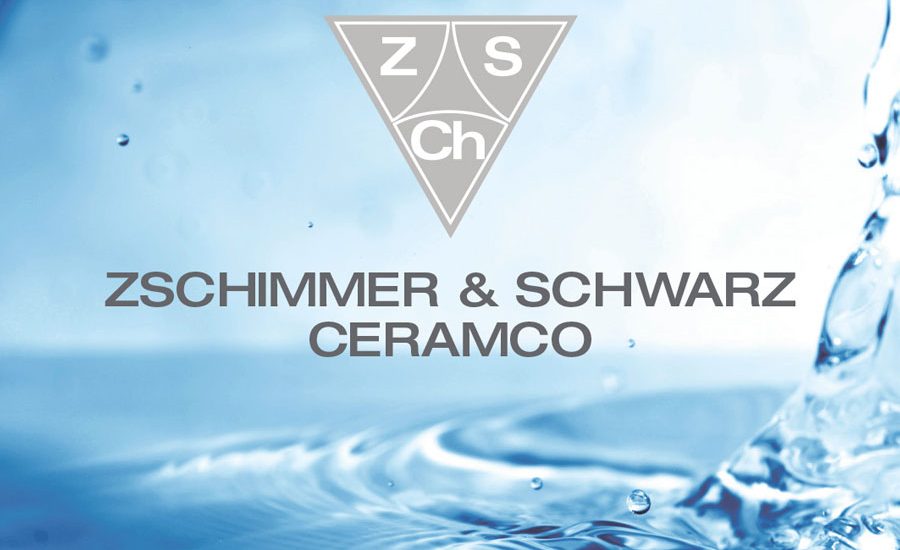One year on from its debut at the event in Bologna, ZSCHIMMER & SCHWARZ CERAMCO confirms its attendance at Cersaie 2016, where the main players in the sector will come together to continue their strong commitment to the eco-sustainability of digital decoration.
AQUACOLOR, the recently expanded and improved range of water-based inks, will in fact be the showpiece of the offer that ZSCHIMMER & SCHWARZ GROUP will present at the Bologna showcase.
Months of industrial production and millions of square metres produced using AQUACOLOR is concrete proof of what ZSCHIMMER & SCHWARZ has strived to achieve everyday for many years: ceramic decoration technology which is increasingly respectful of the environment and human health.
The ZS water-based project did in fact start before the development of solvent-based inks, evidence of the company’s fundamental concern for the environment.
The ultimate goal of research within the ZS laboratories has always been to minimise the harmful components in its formulations across the whole production chain: from the ink manufacturing facility to the end-use by the customer, from the glazing line to the emission of air pollutants.
AQUACOLOR is therefore now a model that can ensure high technical performance, real eco-sustainability and significant operational benefits.
Technical characteristics
- The water content in the liquid phase of the inks is around 50%.
- Approximately 50% reduction in the organic chemical components in the formula.
- Noticeable absence of odours on the line during printing.
Eco-sustainability
- The external parts of the digital printer and adjacent parts can be cleaned with just water.
- Use of high water content cleaners for digital printers.
- Ink tanks can be cleaned with water and recycled under the EWC code for plastics.
- Possibility of discharging cleaner residues, machine and line washing and tank washing residues into the company waste water.
- Reduction in emissions of semi-combustible products from minimum values proportional to the organic content (around 50% compared to a solvent-based product) to hundreds of times, depending on the firing conditions and technology.*
Operational and printing benefits
- No water repellence issues on applying glaze over the inks;
- Greater development of ceramic colours thanks to the low content of organic chemicals;
- Reduction in surface defects deriving from the combustion of organic chemical components;
- Complete compatibility with the water vapour under the printheads.
* Industrial studies performed at client premises by a certified company specialising in Environmental Impact Assessments.
